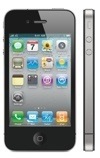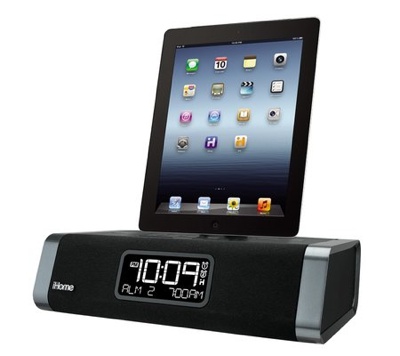China Telecom Corp., China’s third-largest mobile phone-company, may have held “intensive talks” with Apple Inc. to offer the iPhone early next year, according to Deutsche Bank AG analysts — as reported by “Bloomberg” (http://www.bloomberg.com/news/2010-10-08/china-telecom-in-iphone-talks-with-apple-deutsche-bank-says.html?cmpid=yhoo).
Discussions to provide a version of iPhone that would work on China Telecom’s code-division-multiple-access network may have included talks with Qualcomm, Alan Hellawell and William Bratton, analysts at Deutsche Bank in Hong Kong, wrote in a report Thursday.
This would tie in with reports/rumors that Apple plans to begin selling an iPhone that runs on Verizon Wireless’s CDMA network in the first quarter, ending AT&T’s exclusivity in the U.S. That would set the stage for China Telecom to end China Unicom (Hong Kong) Ltd.’s run as the nation’s only carrier to offer the device, according to Deutsche Bank.
If this actually happened, this would be the first time Apple has produced a version of the iPhone for a CDMA wireless network, which is different from AT&T’s GSM technology. In cellular service there are two main competing network technologies: Global System for Mobile Communications (GSM) and Code Division Multiple Access (CDMA). Both boast “3G” standards, or 3rd generation technologies.
As noted by “wiseGEEK” (http://www.wisegeek.com/what-is-the-difference-between-gsm-and-cdma.htm), EVDO, also known as CDMA2000, is CDMA’s answer to the need for speed with a downstream rate of about 2 megabits per second, though some reports suggest real world speeds are closer to 300-700 kilobits per second (kbps). This is comparable to basic DSL. As of fall 2005, EVDO is in the process of being deployed. It is not available everywhere and requires a phone that is CDMA2000 ready.
GSM’s answer is EDGE (Enhanced Data Rates for GSM Evolution), which boasts data rates of up to 384 kbps with real world speeds reported closer to 70-140 kbps. With added technologies still in the works that include UMTS (Universal Mobile Telephone Standard) and HSDPA (High Speed Downlink Packet Access), speeds reportedly increase to about 275 — 380 kbps. This technology is also known as W-CDMA, but is incompatible with CDMA networks.





